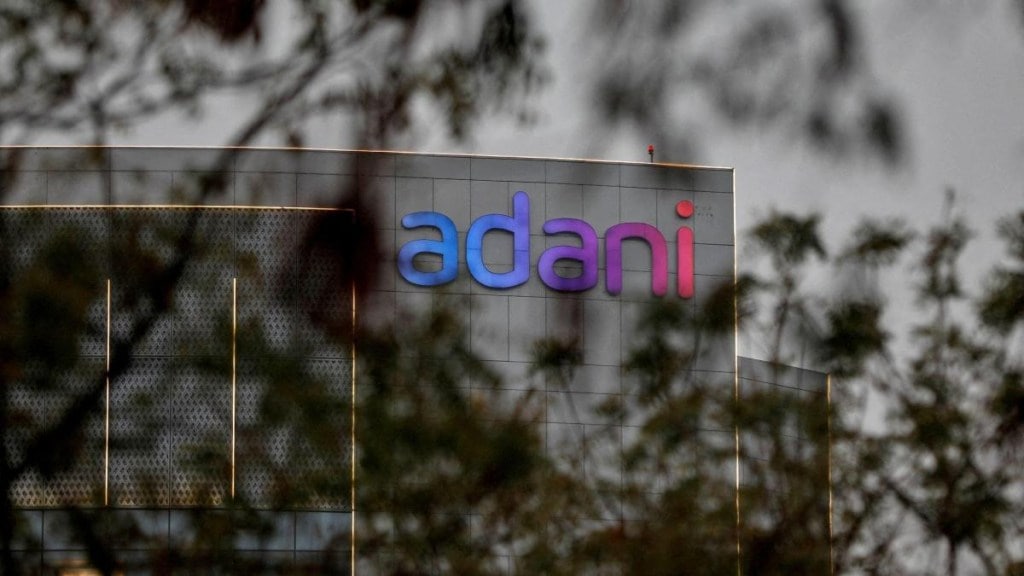The existing Mumbai airport and the upcoming Navi Mumbai airport are set to function as a unified aviation hub under the Adani Group’s blueprint, which includes sharing aircraft movements and maximising non-aeronautical revenue streams.
“Since both Mumbai Airport and Navi Mumbai International Airport are under the ownership of our subsidiary, Adani Airport Holdings, we plan to operate these airports as one airport with two runways and three terminals upon the completion of ongoing phase-I of Navi Mumbai Airport,” stated a note from Adani Enterprises.
Though Mumbai airport has two runways, it can only operate one at a time. The Navi Mumbai airport will eventually feature two fully operational runways after all phases of construction are complete. While Mumbai currently operates two passenger terminals, Navi Mumbai will open with one terminal next year, followed by the addition of three more.
Both airports are being developed in phases across a total area of 1,160 hectares, with the potential to accommodate approximately 60 million passengers once all phases are completed. Navi Mumbai airport, a greenfield project, is expected to commence commercial operations by March 2025, according to commitments made by the Adani Group.
“Decongestion of Mumbai Airport will begin by shifting turboprop aircraft (ATR) operations to Navi Mumbai International Airport, as Mumbai is already congested and ATRs typically consume valuable runway capacity,” the note stated.
While no airlines have yet accepted the Adani Group’s proposal to transfer operations from Mumbai to Navi Mumbai—a plan initially floated a few years ago—the group remains hopeful that this strategy will ease congestion at Mumbai Airport.
“We expect this will add efficiency and economy of scale to such an airline with priority allocation of slots at Navi Mumbai International Airport,” the note also added.
The Adani Group is offering airlines a range of incentives to establish their hubs at its airports, including night maintenance services, aircraft parking bays, and opportunities for long-haul flights.
The increased capacity is expected to help the airlines to create their hub-and-spoke model, with international traffic supplemented by demand from an extended catchment area, according to the company.
Since non-aeronautical revenues are generally not subject to government tariff regulations, Adani Airport is looking to aggressively tap into the business opportunity. For this, it is also reworking the layout of the existing commercial areas.
“We plan to enhance and re-work the layout of the existing commercial area at the airports and channel passenger footfall in the desired directions. Our aim is to build and operate the high yielding key businesses at the airports, e.g., duty free, advertising, ground transportation and parking, lounges, fuel farm and cargo handling,” the note further added.

